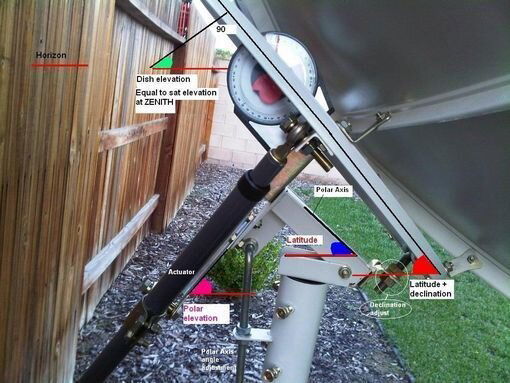Hello Everybody
How I set & adjust the "Declination" of my antenna..I am using sadoun 1.8 mts. Static no Motor or actuator. This parameter "declination" is "movable" (like Azimuth & elevation depending the satellite) or Just one Time and never Touched.. I am trying to aim my south at galaxy 19, 97.0W.. after testing 97.0 W and find my true south I wish to aim to 58.0W..
Declination parameter is the same on C band and Ku band?..For example If I got 58.0W on C band and if I want signal on Ku band on 58.0 W (switching my LNB) the declination parameter should be the same??
thanks in advance
How I set & adjust the "Declination" of my antenna..I am using sadoun 1.8 mts. Static no Motor or actuator. This parameter "declination" is "movable" (like Azimuth & elevation depending the satellite) or Just one Time and never Touched.. I am trying to aim my south at galaxy 19, 97.0W.. after testing 97.0 W and find my true south I wish to aim to 58.0W..
Declination parameter is the same on C band and Ku band?..For example If I got 58.0W on C band and if I want signal on Ku band on 58.0 W (switching my LNB) the declination parameter should be the same??
thanks in advance



